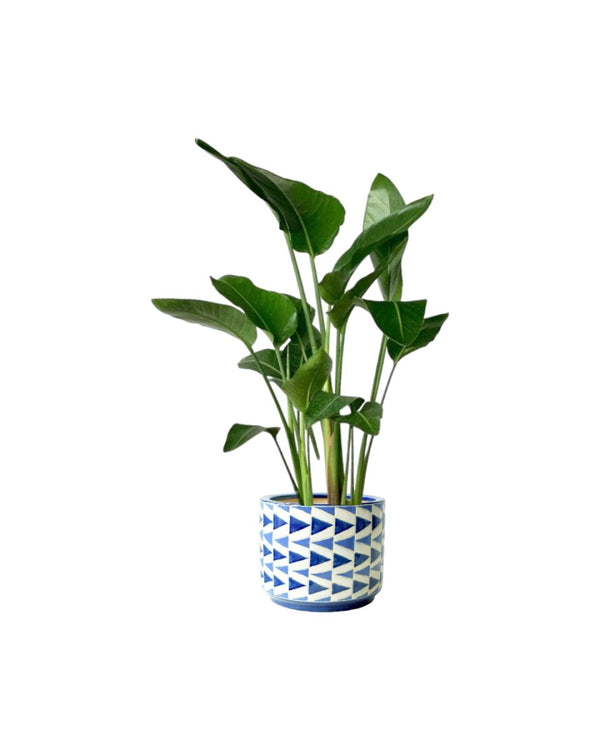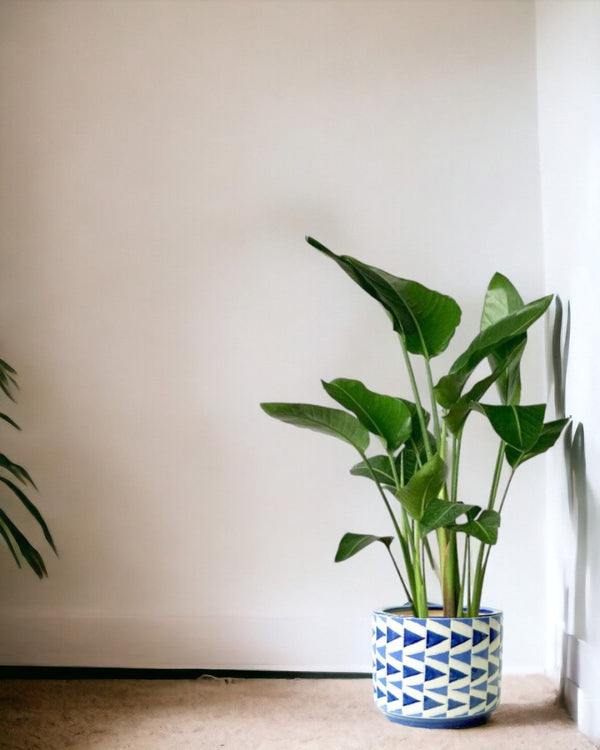The Bird of Paradise, or Strelitzia, boasts a gorgeous, tropical display of large and glossy leaves. Its enormous, deep green foliage and lush jungle vibes are a real head-turner when added to your interiors, as they are when these plants are placed outdoors.
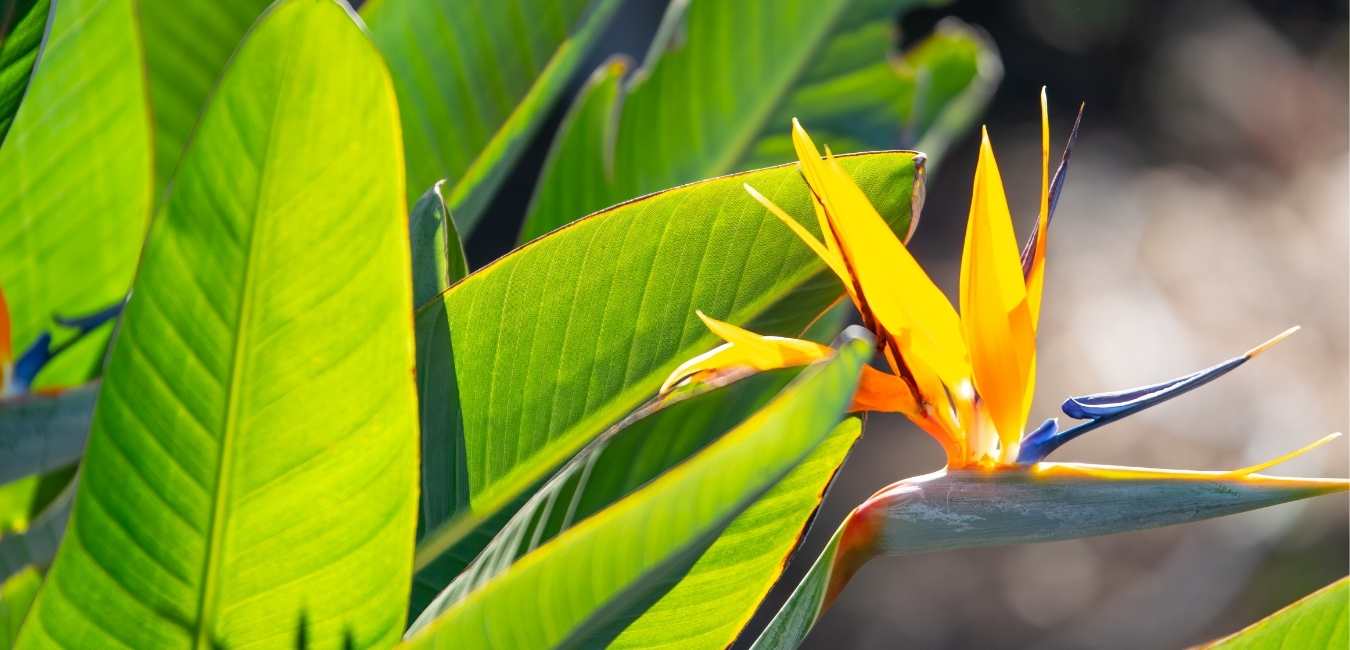
BIRD OF PARADISE
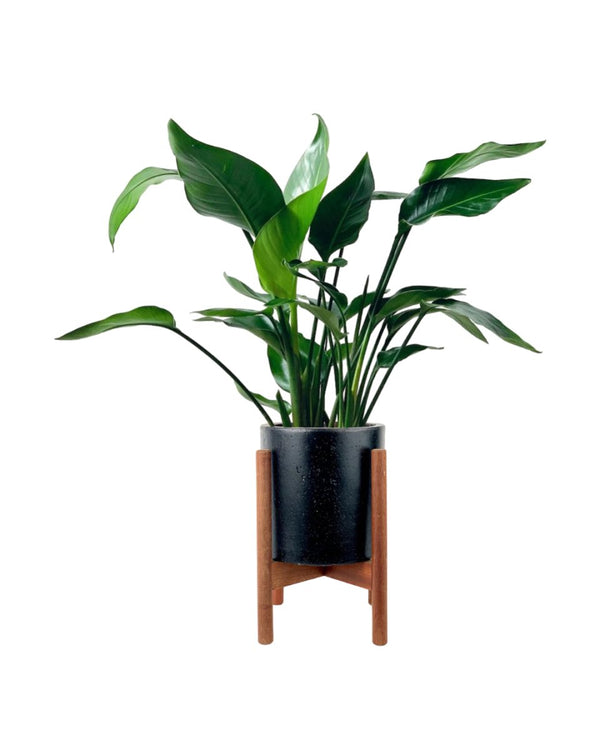
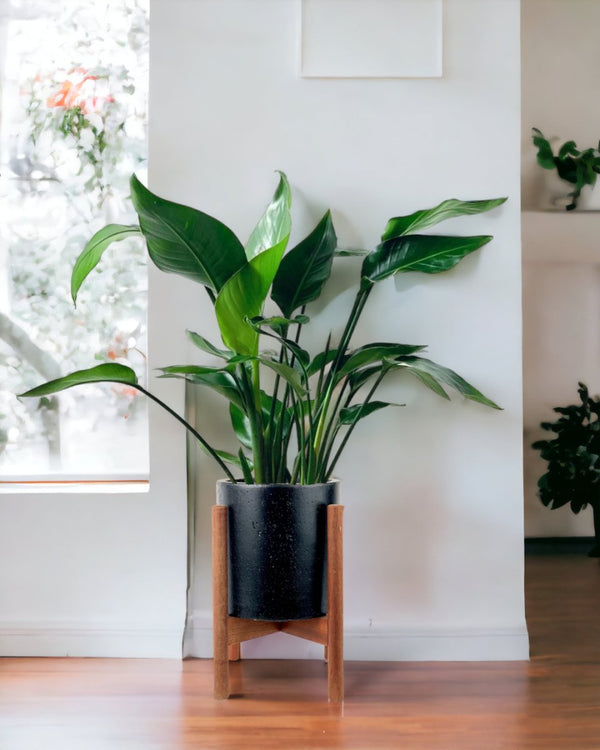
- Regular Price
- from $30.00
- Sale Price
- from $30.00
- Regular Price
- Unit Price
- per
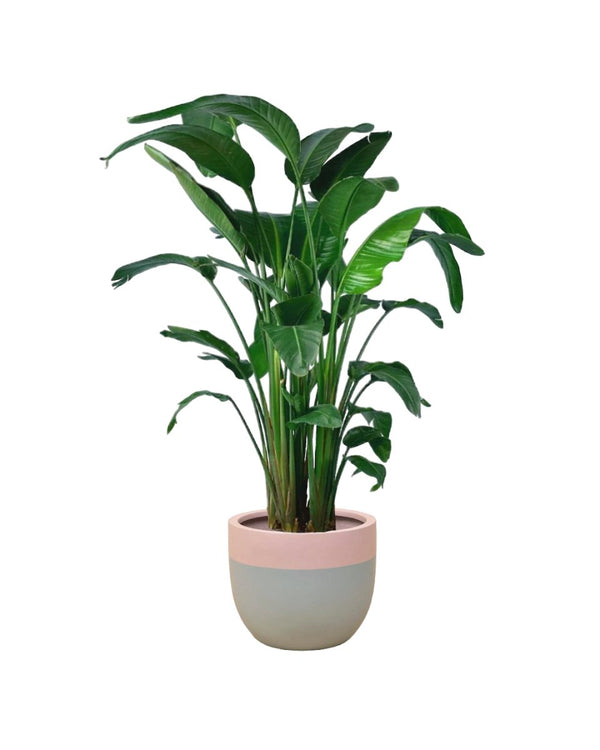
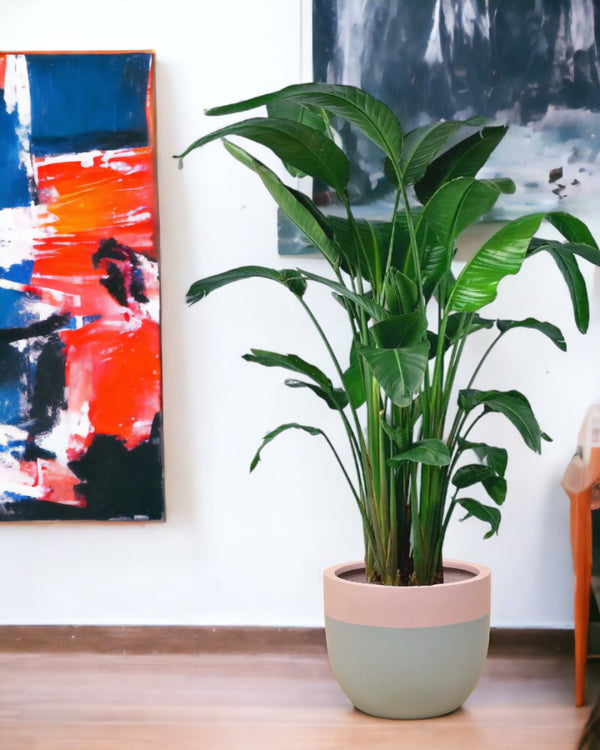
- Regular Price
- from $160.00
- Sale Price
- from $160.00
- Regular Price
- $180.00
- Unit Price
- per
Varieties from our listing
Interested to buy a plant from this group?
See what we have available HERE
Below is a general care guide for Strelitzia plants which can slightly differ depending on variety.
Light & Temperature
Since birds of paradise are tropical plants, they thrive best in a sunny, bright-lit spot and can sustain prolonged periods of full sun. Though they can tolerate minimal shade, the Bird of Paradise will not thrive long-term without sufficient sunlight so it is always best to place them in bright light.
Watering, Humidity & Misting
Water your Bird of Paradise thoroughly when top 2-3 inches of soil is dry, usually once a week. They do best with a regular watering schedule.
Bird of Paradise do well in typical household humidity but it will also appreciate intermittent misting. To boost humidity, mist the plant 1-2 times a week.
Soil and Repotting
Birds of Paradise prefer rich, well-draining soil that still retains some moisture.
To keep the plant at a manageable size while providing fresh nutrients and encouraging new growth, repot the plant once every 2-3 years. Roots becoming visible outside the soil is a sign that the plant is due for repotting.
Propagation
Propagating birds of paradise is best done through division. Since they like their roots tightly packed, it is only recommended to propagate from a plant that has a lot to spare or has become rootbound.
Fertiliser
Use a balanced fertiliser formulated for houseplants. Follow the directions on the label of our Down to Earth. organic plant food.
Toxicity
Birds of paradise are toxic if ingested and should be kept out of the reach of children and pets. The ingestion of flowers and seeds is extremely toxic.
Possible Issues
Under the right care and conditions, your plant will grow happy and healthy. But here are some issues you may encounter while caring for a Bird of Paradise:
Scale, mealybugs and spider mites - When spotted, wipe the leaves with a soft cloth and warm, soapy water.
Splitting leaves - Some people think this is an issue but it is completely normal and natural for this plant to have split leaves as these allow wind to pass through the leaves without causing damage.
Yellow leaves- This is caused by overwatering. Check the roots to make sure there is no root rot and adjust the watering schedule as needed.
Curling leaves and/or brown leaf edges - This is usually caused by underwatering or the environment being too dry. Birds of Paradise are generally thirsty plants so regular watering is a must and occasional mistings will help greatly.
Not blooming - The plant might not be getting enough sunlight and moisture. Make sure there is adequate light and watering. Unlike birds of paradise that are grown outdoors, your indoor bird of paradise will usually not bloom.
